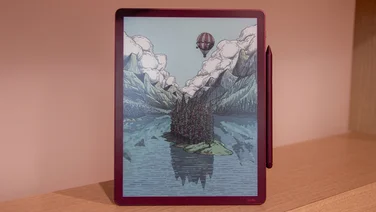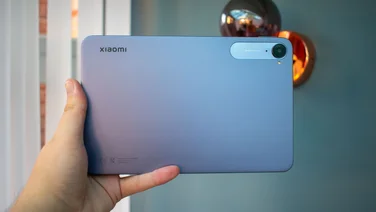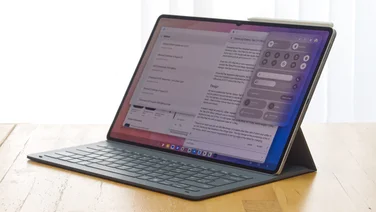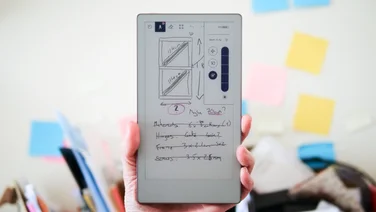To help us provide you with free impartial advice, we may earn a commission if you buy through links on our site. Learn more

Nvidia has always insisted it wouldn’t be racing to release a cloud gaming service until players couldn’t tell the difference between cloud and local play, but apparently that time has now come. The company is now ready to release Grid, a cloud gaming service exclusive to its Shield tablet, which aims to bring GeForce GTX-quality games via the web.
In the works for over ten years, and in closed beta for Shield users for some time, Grid will launch properly at the same time as the over-the-air Android 5.0 Lollipop update for Nvidia’s tablet. It will have more than 20 games at launch, including triple A titles like Batman: Arkham City, The Witcher 2, Ultra Street Fighter IV and Borderlands 2, all available for free – that’s over $400 worth of games. The service will only stock full games at launch, and although it only supports single player gameplay at present, Nvidia is working on adding multiplayer support.

Grid will be integrated into the Shield hub, which currently includes locally stored Android games, compatible PC games for local GameStream playback from a networked PC and multimedia apps. It uses the same Google Play account details as other Nvidia apps, so you won’t need to create a new account to get online, and the preview will be completely free.
The first European Grid server will be hosted in Ireland, and will reportedly be able to deliver smooth, 60fps gameplay to Shield users across the UK, as long as they meet the 6.5Mbit/s bandwidth requirement (Nvidia recommends a 10Mbit line for the best results). The server specifications certainly back up that claim, especially when compared to Sony’s PlayStation Now hardware. Capable of starting games in 23 seconds, rather than 52 seconds (on average) on PlayStation Now, Grid runs games at double the frame rate (60fps vs 30fps) and is has a whopping 2,448 Gflops of processing power, versus just 192Gflops for PS Now.

Grid behaves similarly to Nvidia’s GameStream local game streaming, except it lowers the bitrate as required rather than lowering the rendering resolution. Although the server was dedicated to testing by Nvidia’s hardware engineers during our hands-on time with Grid, We were impressed with the clarity of the image and the smoothness of the frame rate. Although there were one or two stutters, for the most part it maintained a smooth 60fps, only dropping the bitrate (and exposing those telltale compression artefacts) occaisionally. It should be comparable to using a GeForce GTX 760 graphics card in your home PC, except without the need for any hardware beyond a TV, Shield tablet and Shield controller.
Even more impressive was the latency. As soon as we were handed a Shield controller we instantly booted up Ultra Street Fighter IV – the 60fps gameplay and reliance on frame-perfect execution to pull off long combos make it a seriously demanding test for cloud gaming. Taking the wireless controller, Wi-Fi connection from tablet to router and streamed gameplay all into account, a latency of 26 miliseconds was incredible – low enough that we could still FADC into Ultra on command. That wasn’t with a crazy fibre connection either, just a simple 8Mb pipe.

You’ll have to buy an Nvidia Shield tablet to access Grid, as it is exclusive to the device – the company said it currently has no plans to bring it to third party tablets, although that could change in the future. The price may also change as more users get on board – right now it’s completely free, although if it proves popular enough Nvidia may need to start charging to cover the cost of bandwidth. The game selection is pretty impressive at launch, but the company says it will grow over time with new titles and more critically acclaimed older releases.
Nvidia will be launcing Grid as a preview build in November in the US, quickly followed by the UK in December. It will gradually roll out across Europe in Q1 2015 and include Asia by Summer next year. We can’t wait to see how it performs once gamers get their hands on it, as if servers can hold up to the strain Grid might just be the cloud gaming breakthrough we’ve been promised was coming for years.






